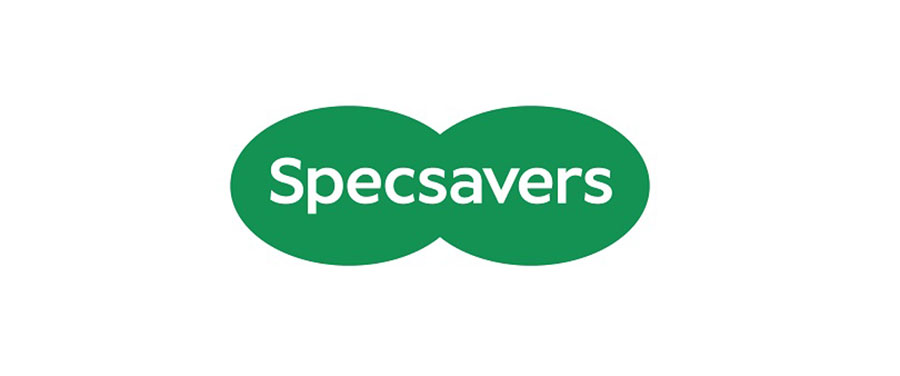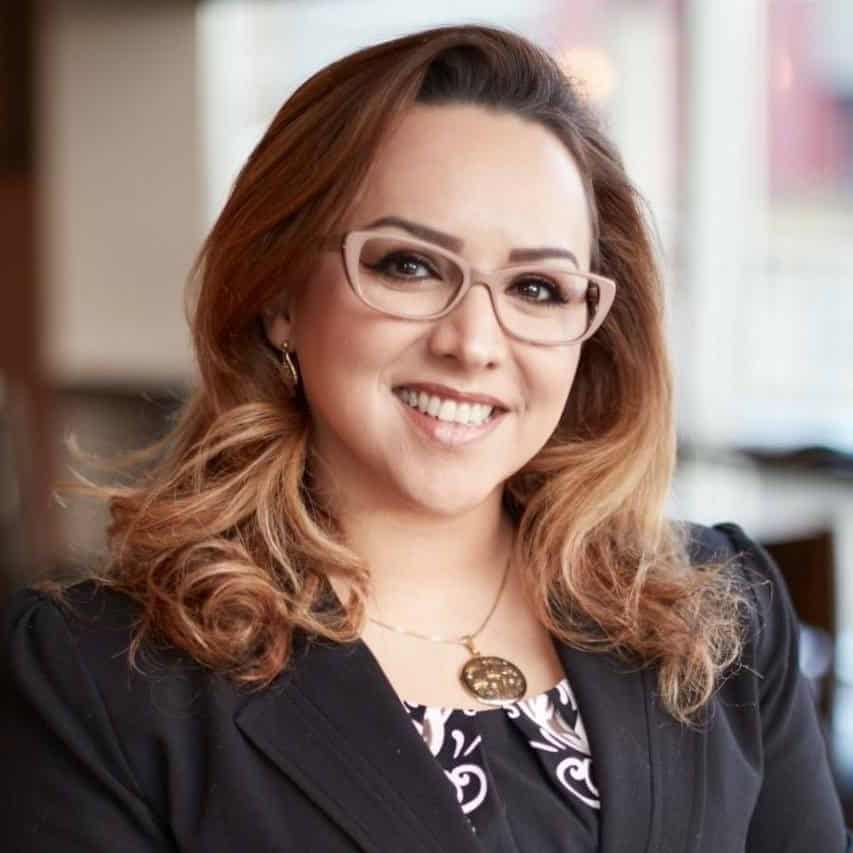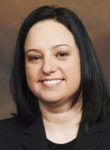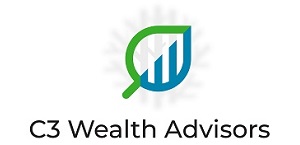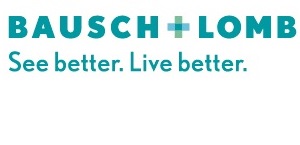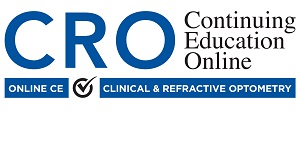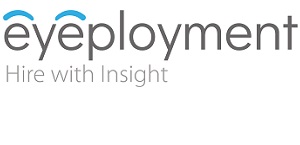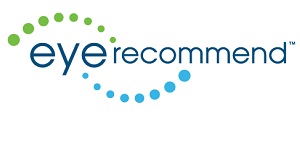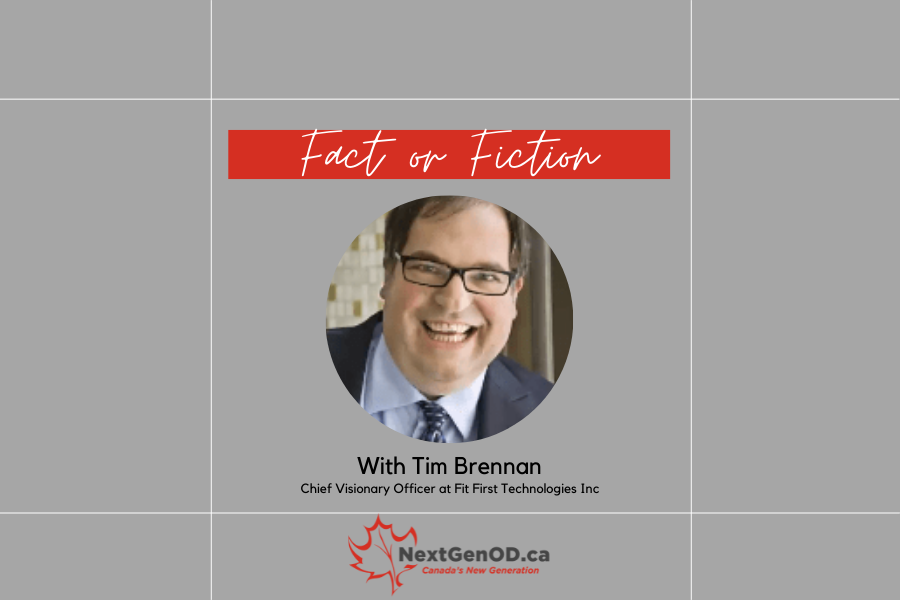
Fact or Fiction? – To really know a candidate, you need to rely on a good set of behavioural interview questions. Past behavior is, after all, the best predictor of future performance.
Not really. The concept of asking behavioural questions was a tremendous innovation that improved the value of interviews almost immediately… a few decades ago.
Candidates are now acutely aware of this approach and are well prepared for these questions. Add to the fact that candidates have a natural tendency to answer questions from the perspective of what the interviewer wants to hear.
The best way to truly understand how a potential employee is going to behave in the real corporate setting is to ask a completely different kind of question – what we refer to as a tertiary-level question.
The objective is to ask questions that go beneath behaviour and have the candidate tell you stories about what worked for them and didn’t as it relates to other people, jobs and situations. This approach allows you to gain insight into their core – the attitudes, beliefs and values that drive them.
These are the things that will predict the behaviours that are exhibited when nobody is looking, and that will give you a clear and reliable indication of how the candidate will fit in your business, in the job, and with co-workers and clients.
The most valuable competitive advantage for any business is to staff with star employees who perform better and stay longer.
That’s the Fit First philosophy.
To really know a candidate, you need to rely on a good set of behavioural interview questions. Past behavior is, after all, the best predictor of future performance. FICTION – Mostly!
Fit First Philosophy starts with this premise. Hire for Fit, and then train as needed. Save yourself time and money.
This post is sponsored by EyePloyment.com and Fit First Technologies

TIM BRENNAN
is Chief Visionary Officer with Fit First Technologies Inc, the creators of Eyeployment, TalentSorter and Jobtimize.







